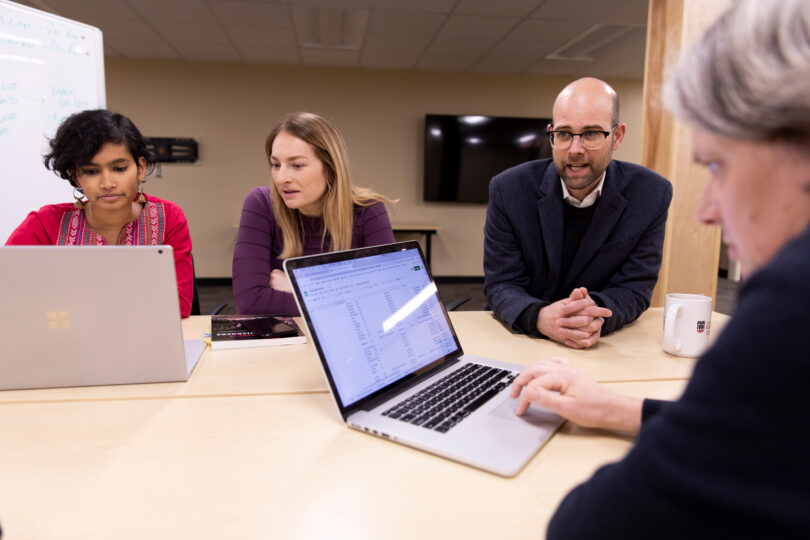When you hear the word ecology, you probably don’t immediately associate the study of organisms and how they relate to their surroundings with infectious diseases.
But John Drake thinks maybe you should.
Drake, a Distinguished Research Professor of Ecology at the University of Georgia, heads the Center for the Ecology of Infectious Diseases (CEID), a research hub based in the Odum School of Ecology that brings together more than 80 scientists, undergraduate and graduate researchers, and collaborators from across the country with one ultimate, long-term goal: to understand how hosts and parasites interact with each other in the wild. Predicting disease outbreaks is an important application of this effort.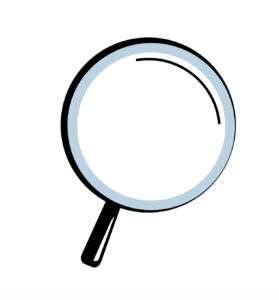
With groups dedicated to working on the world’s most pressing disease outbreaks and perfecting technologies to map where outbreaks start and forecast where they will spread, the center’s researchers are getting close.
Dangerous Interactions
There’s no denying that humans affect both the environments they live in and the animals with which they share those environments. The field of ecology focuses on those interactions and the ripple effects they cause.
Disease ecology looks at those interactions through the lens of disease-causing agents—how viruses, bacteria, or other parasites can “spillover” from one species to another due to increased proximity, and how animal diseases can jump into people or vice versa. In fact, as early as 2008, Odum Dean John Gittleman and his research group coauthored a paper showing that since 1940 more than 62% of emerging infectious diseases in humans had their roots in animals.

Patrick Stephens chairs the CEID’s Spillover Working Group, which focuses on how diseases go from one species into another.
But it’s not just people who are experiencing consequences of that increased interaction between humans and wild animals.
“One example I think about a lot is rabies and others diseases in wild canids (dog-like animals found across the world),” says Patrick Stephens, an associate research scientist in the Odum School of Ecology. “There are some cases, particularly in Africa, where one of the main reasons species are threatened with extinction is that they keep getting infected with diseases like rabies and canine distemper virus from domestic dogs.”
Those interactions between domestic and wild dogs are causing severe declines in some areas and wiping out entire populations elsewhere.
One of the main reasons species are threatened with extinction is that they keep getting infected with diseases like rabies and canine distemper virus from domestic dogs.” — Patrick Stephens, associate research scientist in the Odum School of Ecology.
“This problem of diseases jumping from one organism to another—jumping from wild animals to domestic animals, wild animals to humans, humans to wild animals—it’s fascinating to study as an ecologist,” says Stephens, “but it’s also a really serious issue with some important real-world consequences.”
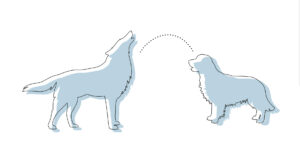 Stephens chairs the center’s Spillover Working Group, which focuses on how diseases go from one species into another. Formed as part of a Presidential Interdisciplinary Seed Grant program to promote cross-campus collaboration on real-world challenges, the spillover group uses big data to assess past disease outbreaks, looking at where diseases came from, how they spread, and the circumstances that exacerbated those outbreaks. The group also uses that knowledge to build risk maps for different diseases, showing where and under what conditions future outbreaks are likely to occur.
Stephens chairs the center’s Spillover Working Group, which focuses on how diseases go from one species into another. Formed as part of a Presidential Interdisciplinary Seed Grant program to promote cross-campus collaboration on real-world challenges, the spillover group uses big data to assess past disease outbreaks, looking at where diseases came from, how they spread, and the circumstances that exacerbated those outbreaks. The group also uses that knowledge to build risk maps for different diseases, showing where and under what conditions future outbreaks are likely to occur.
But the researchers’ eyes are really on the future.
“We want to be able to get a handle on outbreaks more quickly, like the coronavirus outbreak that we’re going through right now. We want to see those things coming more clearly.”
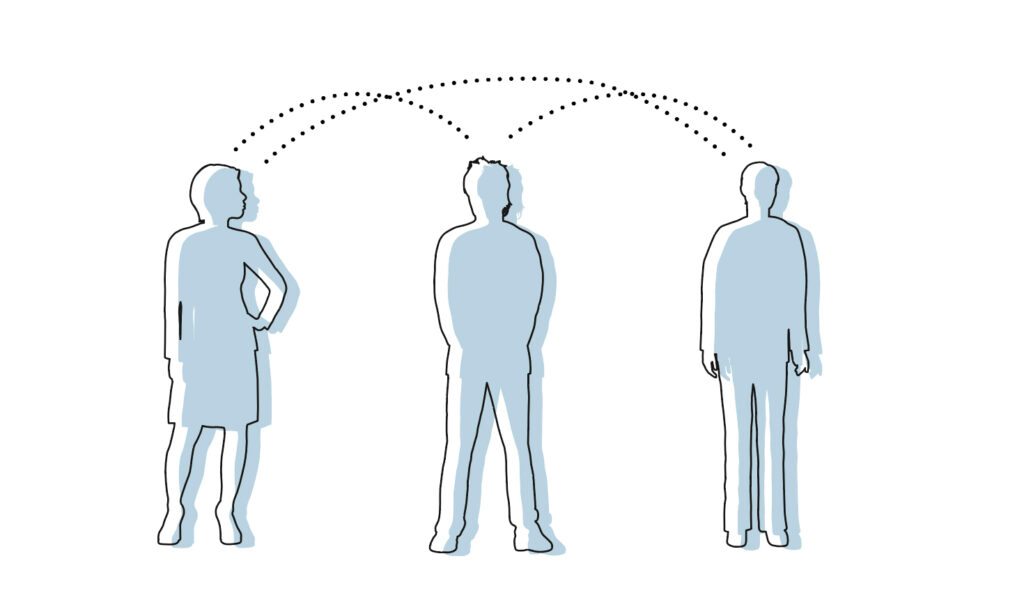
Responding to the Pandemic
A global pandemic may have shocked the world but not infectious disease experts.
“There was nothing about COVID that was a surprise,” Drake says. “We had been anticipating for decades that there would be a pandemic of a respiratory infection. All those key features— spillover from animals, person-to-person transmission, an acute respiratory illness that’s highly infectious and has a high fatality rate—we’ve been thinking about this for years. It was just a question of when.”
The only real surprise was that instead of flu, the virus spreading across the globe was a coronavirus.
In January 2020, Drake pulled together a Coronavirus Working Group shortly after the CDC activated its Emergency Operations Center, a glaring warning sign that the agency foresaw a national crisis. The roughly 30-person group includes experts in everything from computational statistics to data visualization.
Before the virus even hit the state of Georgia, the group had launched a comprehensive COVID-19 Portal, tracking cases and fatalities across the country and the rest of the world and modeling what the situation could look like in the coming weeks. The researchers compiled data from media reports and government announcements in the early days of the pandemic, developing models and monitoring how the disease was spreading through China. But by March, the situation had escalated.
“At that point, we pivoted and started trying to do everything that we could to provide actionable information in real time,” Drake says. The portal provides resources for researchers, policymakers, and anyone else interested in seeing how the spread of the disease was playing out and what could potentially make a difference in reducing case numbers.
Paige Miller PhD ’20, who recently finished her Ph.D. in Drake’s lab, began looking into how the disease was spreading, analyzing emerging hotspots of COVID-19 like outbreaks on cruise ships and in nursing homes. “Understanding how COVID is spreading in these very specific settings is important for understanding what interventions would be most effective in stopping it,” says Miller. And the approaches that worked in places like meat-packing plants—things like distancing where possible and requiring masks—could give insight into what would work elsewhere.”
Once states began reopening, the team changed course again to focus on more long-term questions that colleagues at the CDC deemed essential, and that’s the approach the center takes today as the pandemic continues to rage.
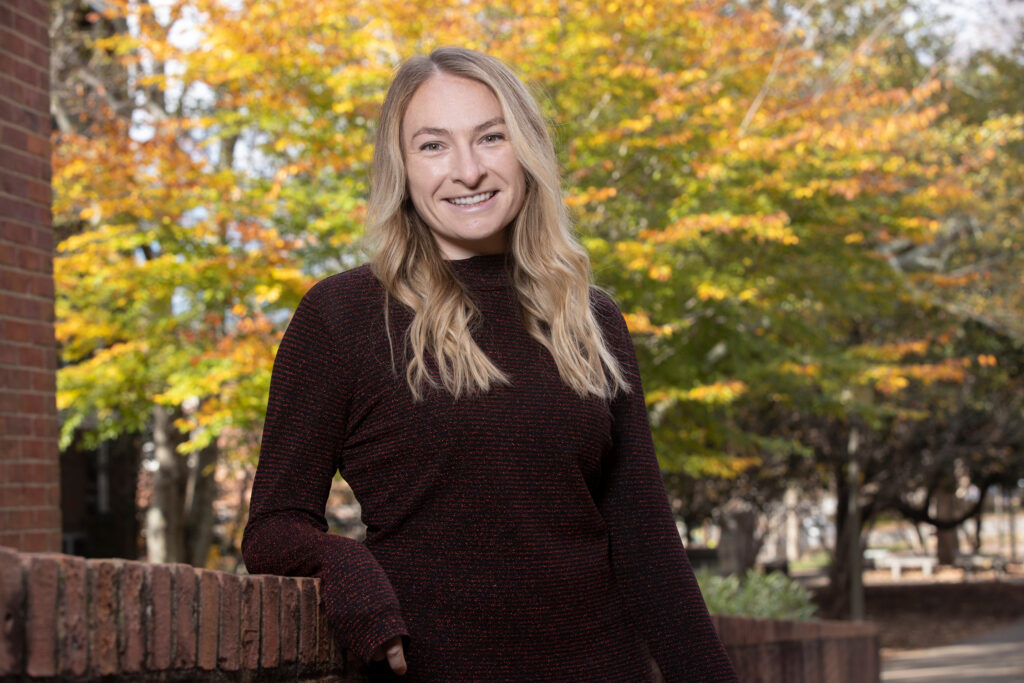
“Understanding how COVID is spreading in these very specific settings is important for understanding what interventions would be most effective in stopping it,” says Paige Miller PhD ’20, a researcher with the Center for the Ecology of Infectious Diseases and a recent doctoral graduate from UGA. (Photo by Peter Frey/UGA)
The Next Generation of Disease Experts
The coronavirus wasn’t the first and definitely won’t be the last disease to hop from an animal host into a person.
In fact, three out of every five known infectious diseases have their origins in animals, according to the CDC.
Over the past couple of decades, infectious diseases have been on the rise.
Rising global temperatures have enabled the animals that carry some of these diseases to find new territories to call home. And the loss of forests and other natural habitats have forcibly driven animals from their traditional homes and into closer contact with people.
Postdoctoral researcher Emlyn Resetarits sees the ramifications of climate change firsthand.
She works with aquatic snails, studying the parasites that live within them and can make them sterile. As one of nature’s cleaners, snails keep water clear and healthy by eating algae and biofilms. But snails infected with this parasite are voracious, potentially outcompeting healthy snails. With only infected snails in an area, the population can stagnate and die.
Without snails, algae and other microorganisms can proliferate, setting off a chain reaction in the ecosystem. Water quality declines, which impacts vegetation in the freshwater habitats Resetarits studies. The snails also serve as a food source for fish, turtles, and crayfish, so their absence can impact the population sizes of their predators.
 Understanding how the parasites infect the host snails and reproduce also has implications for similar human parasites, like the one that causes schistosomiasis, which kills several hundred thousand people in developing countries every year.
Understanding how the parasites infect the host snails and reproduce also has implications for similar human parasites, like the one that causes schistosomiasis, which kills several hundred thousand people in developing countries every year.
“Globalization is causing us to have more spillover events, and we’re going to have more infectious diseases because we’re interacting with more wildlife,” Resetarits says. “The environment is changing, but I think the center is doing a great job training the next infectious disease experts that we are going to need as more diseases pop up.”
The 3 Missions of the Center for the Ecology of Infectious Diseases
- Creating a culture of science– The center hosts regular seminars and workshops, in addition to a biannual research symposia and member retreats, to get researchers together to talk about what they do and how they could collaborate.
- Facilitating research– The CEID supports the research projects and grant proposals of its faculty and coordinated collaborative research projects across the center. The CEID-driven projects fall into four main areas:
- Coronavirus research, which spans disciplines in an effort to provide data-driven information about the rapidly changing pandemic.
- Spillover research, which focuses on diseases that jump from animals to humans and vice versa.
- Disease mapping, which concentrates on tutorials and education on how to use mapping technology to chart a disease.
- Disease forecasting, which builds on technologies and techniques to make predictions about future outbreaks or the spread of disease.
- Training a capable workforce– The center has its own doctoral program, a postdoctoral fellowship, and a First Year Odyssey program, all focused on educating future researchers.


